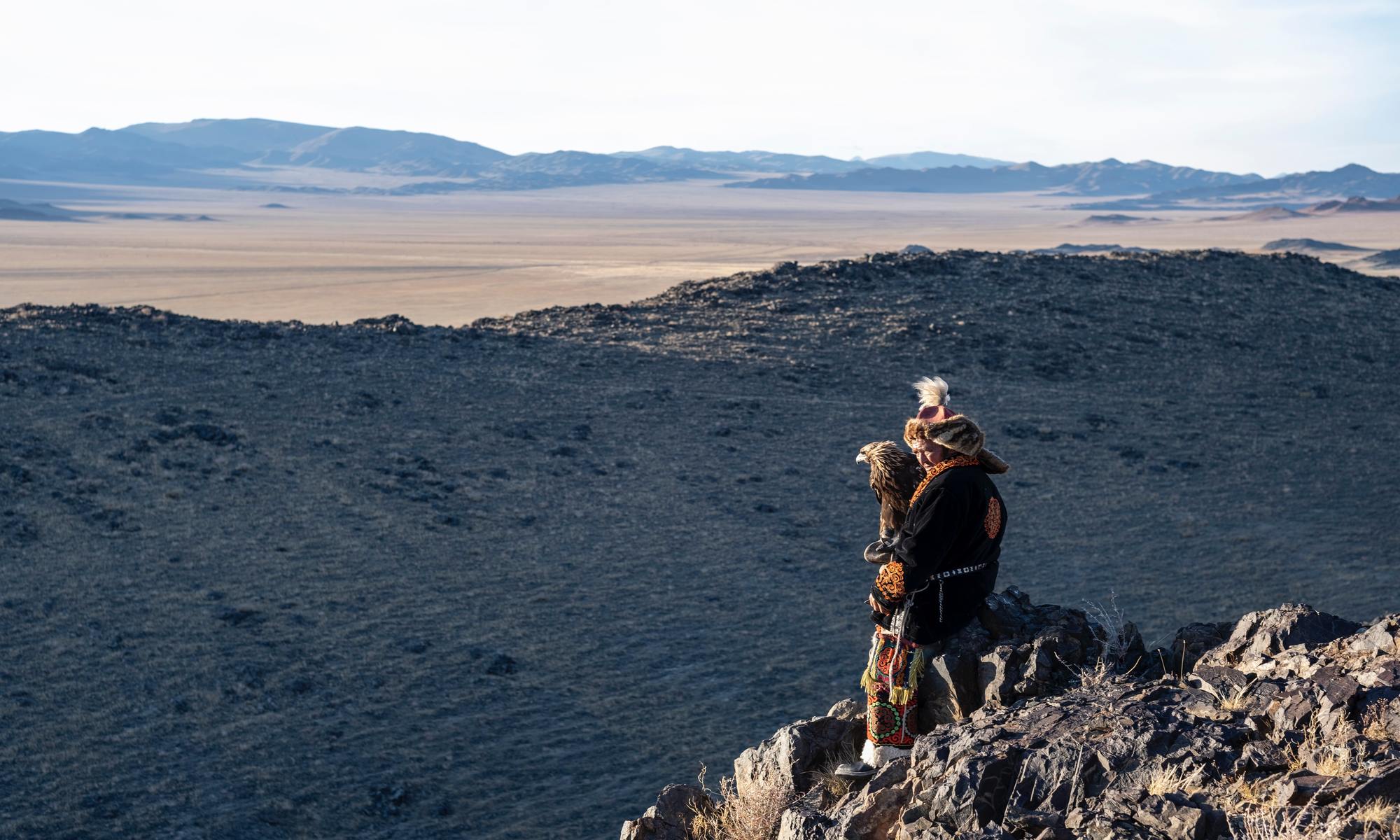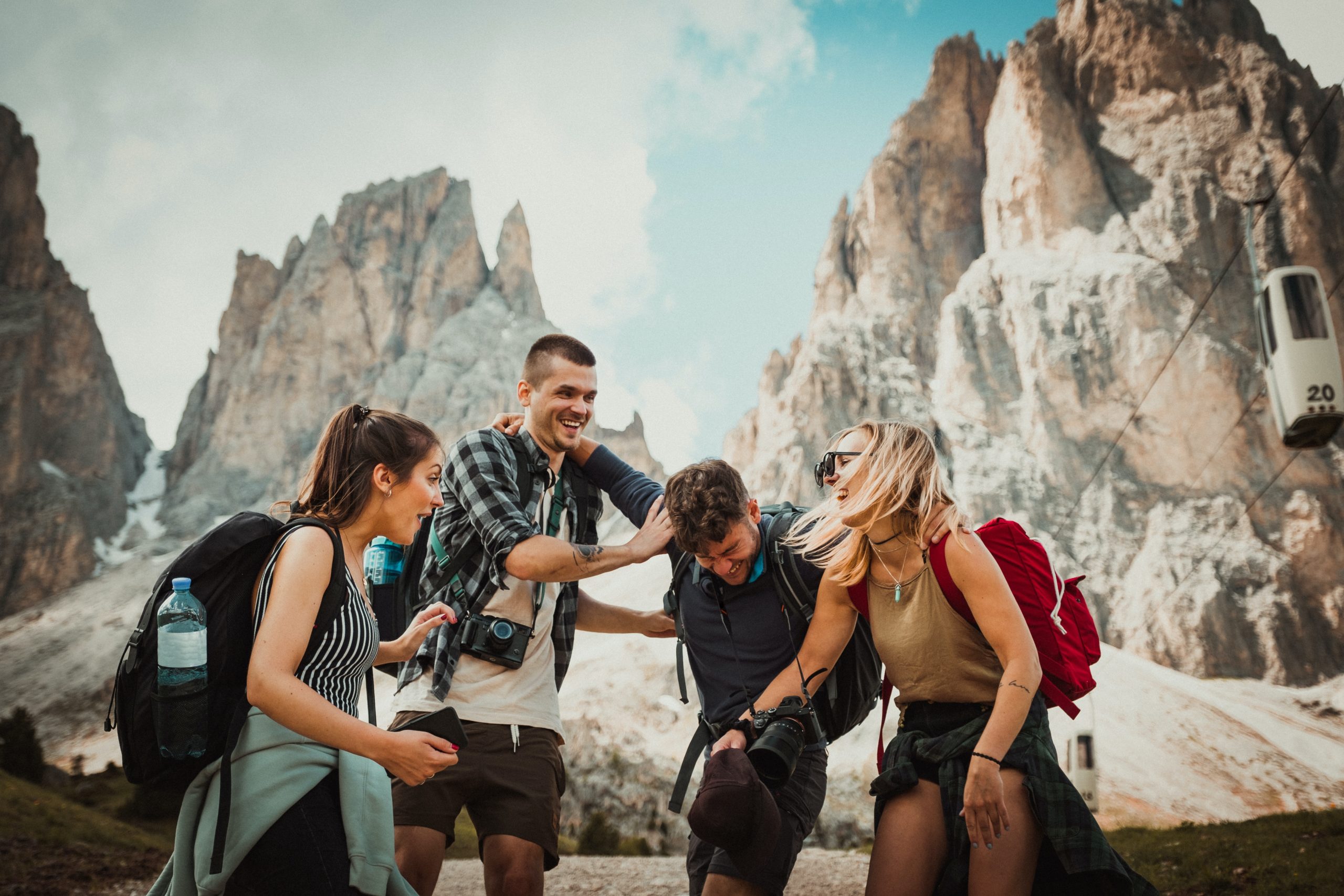
Nature is one of the country’s main treasures. 22 national parks will allow you to see a variety of landscapes and fauna. Vegetation varies from larch taiga to desert, many of whose inhabitants are listed in the Red Book. Where there is rich and varied nature, there is also active rest – walking tours, horseback riding, and auto tourism. Hunting and fishing are popular types of leisure that have long been mastered by foreign guests of the country. Not so long ago, there was an opportunity to visit the first, so far the only, modern ski resort, which opened near the capital.
The culture of Mongolia is centuries old and is represented by archaeological monuments – rock paintings and ruins of ancient settlements, and medieval Buddhist monasteries and palaces. Modern attractions are museums, theaters, parks, and shopping centers in the capital of the country. The city hosts many holidays and festivals, some of them with a bright national flavor. The climate of Mongolia cannot be called harsh, but frosts in winter and heat in summer are required. The best time to travel is late August or early September, although the whole summer provides quite comfortable conditions for exploring the country.
Money, language, communication
In Mongolia, everything is complicated with ATMs, electronic terminals, and exchange offices. They are found only in large settlements: Ulan Bator, Erdenete, Sukhe Bator, and Darkhan.
The official monetary unit in Mongolia is the tugrik. The average market rate for December 2019 is 2.3 Russian rubles per 100 tugriks. Before entering, it is better to take care of cash in local currency and hide the platinum Visa card away – it will not be useful in remote areas. You can buy something or pay for the service in Russian rubles near the border points: in Khankh, Sukhe-Bator. For residents from the provinces, rubles, dollars, and euros are colored pieces of paper that have no value.
Mongolian is spoken in the country. In Ulan Bator, Khankh, and areas close to Gorny Altai, they will understand you in Russian or English, but in remote districts, you will have to speak literally on your fingers. To avoid confusion, we recommend that you learn or write down a few phrases in the local language. They will help to solve everyday problems: buy food, and fuel, and arrange an overnight stay.
Traveling to Mongolia is a forced digital detox. Cellular communication in the country is poorly developed, the network is available only near large cities. Satellite phones, despite the promises of operators, also poorly pick up a signal.
What to see in Mongolia?
- Ulaanbaatar city
Capital of Mongolia, megalopolis. Large economic and cultural center. The historical part of the city is a cultural monument, the Bogd-Khan-Uul mountain is included in the preliminary list of UNESCO. The city has a developed infrastructure, there are many tourist sites.
- Monument to Genghis Khan (Statue in Tsongzhin-Boldog)
The monument is the largest statue of a horse rider in the world. In Mongolia, it is also the largest statue of Genghis Khan. Inside the pedestal of the 40-meter figure, there is a recreation area, at the top, there is an observation deck.
- Gobi Desert
Located in the north of the country, the largest desert in Asia. Practically uninhabited, nomadic tribes are found on the territory. The vegetation is sparse, but there are unique representatives of the fauna. The largest dinosaur cemetery is located here.
- Karakorum – ancient city
The ancient capital of Mongolia. He experienced two major upsurges in the country’s history, in the 1200s and 1600s. The archaeological site, UNESCO World Heritage Site. Place of ancient settlements, a quarter of artisans, temples. Here was the palace of Khan Ogedei.
- Gandantegchenlin Monastery
Active Buddhist monastery, the largest in Ulaanbaatar. Founded on the site of the city of Ulan Bator. The first religious center of Mongolia. The attraction is the huge statue of the Golden God Magzhid Zhanraisag, installed in 1911.
- Monastery Amarbayasgalant
Large religious complex. All buildings are distinguished by the unity of style, with a predominance of Chinese traditions. The monastery is active, about 100 monks live there permanently. A unique combination of architecture and natural landscape – the buildings are located in a picturesque valley against the backdrop of hills covered with larch forests.
- Bogdykhan Palace
One of the most striking, spectacular sights of Mongolia. The complex of buildings, including the Summer and Winter Palaces of the last emperor, was built at the turn of the 19th and 20th centuries. The Summer Palace is a collection of traditional Chinese architecture buildings. The external and internal decoration of the palaces is in excellent condition and provides an opportunity to get acquainted with the life of the highest Mongol nobility.
- Zaisan Memorial
The complex of military glory on the Zaisan-Tolgoi hill, near Ulan Bator. It was erected in honor of the victory of the Soviet-Mongolian army at Khalkin-Gol and the support of the Mongolian people’s revolution by the Red Army. The complex has an original architectural solution. It is built in the form of a huge concrete ring, decorated with bas-reliefs and mosaics.
- Sukhe Bator Square
The main square of the capital of Mongolia. It is also the main public space of the city. Nowadays it bears the name of Genghis Khan. There are several monuments on the square, around there are museums, a theater, and business centers. Mass events and holidays are held here.
- Gorkhi-Terelzh National Park
A natural park located 80 km from the capital. Nature is represented by low mountains, traditional for this area, covered with steppe vegetation or forest. There is a developed tourist infrastructure in the southern part of the park. There are hotels, recreation centers, and a spa resort. Tourists are also offered to visit the Buddhist temple and the dinosaur sculpture park.
- Hustain-Nuruu National Park
A large nature park that can be explored by hiking, horse riding, or jeep. In addition to picturesque landscapes, you can see ancient monuments here. For those who wish there is an opportunity to take part in the study of nature. Work is underway in the park to restore the population of Przewalski’s horses.
- Gurvansaykhan (Gobi-Gurvan-Sayhan)
The largest of the country’s national parks. Located in the north of the Gobi Desert. The main attractions are dunes and local fauna. There is a famous dinosaur cemetery in the park. Tourists are invited to familiarize themselves with traditional Mongolian life by visiting the settlement of residents.
- Lake Khubsugul
“The Younger Brother” of Baikal has located 200 km from it. A freshwater lake, very deep. One of 17 ancient lakes on Earth, more than 2 ml. years old. It is located between the steppe and taiga landscapes, around the lake there is a nature protection zone. There are tourist camps along the shores, a ferry runs along the lake. Popular eco-tourist destination.
